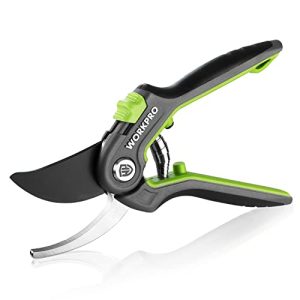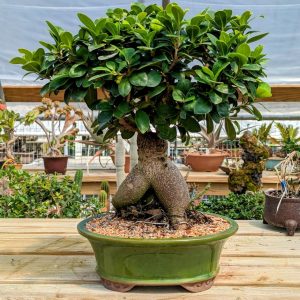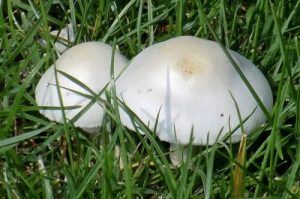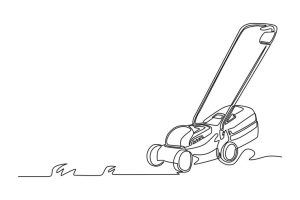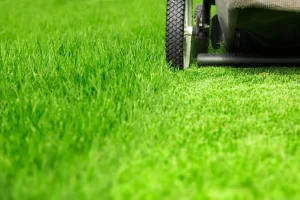Have you ever wondered if your plants need a daily dose of water? It’s a question that puzzles many plant owners.
You want your leafy companions to thrive, but overwatering can be just as harmful as underwatering. Finding the right balance is key to keeping your plants healthy and happy. You’ll discover the secrets to knowing exactly when your plants need a drink.
We’ll unravel common myths and provide you with practical tips to ensure your plants get the perfect amount of water. Dive in and transform your gardening routine to make your plants flourish like never before.

Credit: www.instagram.com
Watering Frequency Basics
Watering plants daily seems like a good idea, but it’s not always necessary. Plants have different needs based on several factors. Understanding watering frequency helps keep plants healthy. It prevents overwatering or underwatering, both of which can harm plants. Let’s delve into the basics of watering frequency.
Factors Affecting Water Needs
Several factors determine how often a plant needs water. These include:
- Type of Plant:Some plants need more water than others.
- Soil Type:Sandy soil dries faster than clay soil.
- Climate:Hot climates require more frequent watering.
- Pot Size:Smaller pots dry out quicker than larger ones.
- Season:Plants need more water in summer than in winter.
Signs Of Overwatering
Overwatering can damage plant roots and cause other issues. Watch for these signs:
- Yellow Leaves:Leaves turn yellow and may fall off.
- Wilting:Plants look droopy despite moist soil.
- Root Rot:Roots become mushy and smell bad.
- Mold Growth:Mold appears on soil surface.
Recognizing these signs helps adjust watering habits. This ensures plants thrive without excess water.
Plant Types And Water Requirements
Understanding the water needs of different plants is essential. Each plant type has unique requirements. Some thrive with little water. Others need frequent watering. Knowing these differences helps your plants flourish.
Succulents And Cacti
Succulents and cacti are low-maintenance. They store water in their leaves. This ability lets them survive with infrequent watering. Water them once a week. In winter, even less is needed. Ensure their soil dries out between waterings.
Tropical Plants
Tropical plants love moisture. Their native habitats are humid. These plants need regular watering. Keep their soil consistently moist. Do not let it dry out completely. Misting leaves helps mimic their natural environment.
Outdoor Vs Indoor Plants
Outdoor plants experience weather changes. Rain and sun affect their water needs. Check soil moisture regularly. Indoor plants have stable conditions. They may need less frequent watering. Consider humidity and light levels indoors.
Environmental Influences
Understanding plant watering needs is essential for healthy growth. Daily watering isn’t necessary for all plants. Factors like plant type, soil, and climate determine watering frequency.
Environmental factors play a crucial role in determining how often you should water your plants. The amount of sunlight, temperature, humidity, and even the wind can influence a plant’s water needs. Understanding these influences can help you avoid the common mistake of overwatering or underwatering.Impact Of Seasons
The changing seasons have a significant impact on your plant’s water requirements. In summer, higher temperatures and longer days can cause soil to dry out quickly, necessitating more frequent watering. Conversely, during winter, many plants enter a dormant phase and require less water due to lower evaporation rates and reduced sunlight. Have you noticed your indoor plants looking droopy during winter despite regular watering? This could be a sign of overwatering, as plants need less water when they are not actively growing. Adjusting your watering schedule according to the season can keep your plants healthy and thriving.Effects Of Humidity
Humidity levels also affect how much water your plants need. In a high-humidity environment, water evaporates more slowly, so your plants might require less frequent watering. On the flip side, low humidity can dry out the soil quickly, making regular watering essential. If you live in a dry climate, consider using a humidifier or placing a tray of water near your plants to increase humidity levels. This can help maintain the right moisture balance and prevent your plants from wilting. Have you ever tried misting your plants? It’s a simple trick to boost humidity and keep your leafy friends happy. Understanding these environmental influences can turn your thumb a little greener. Next time you reach for the watering can, consider the season and humidity levels to make informed decisions. Have you adjusted your watering habits based on the environment lately? Your plants might just thank you for it!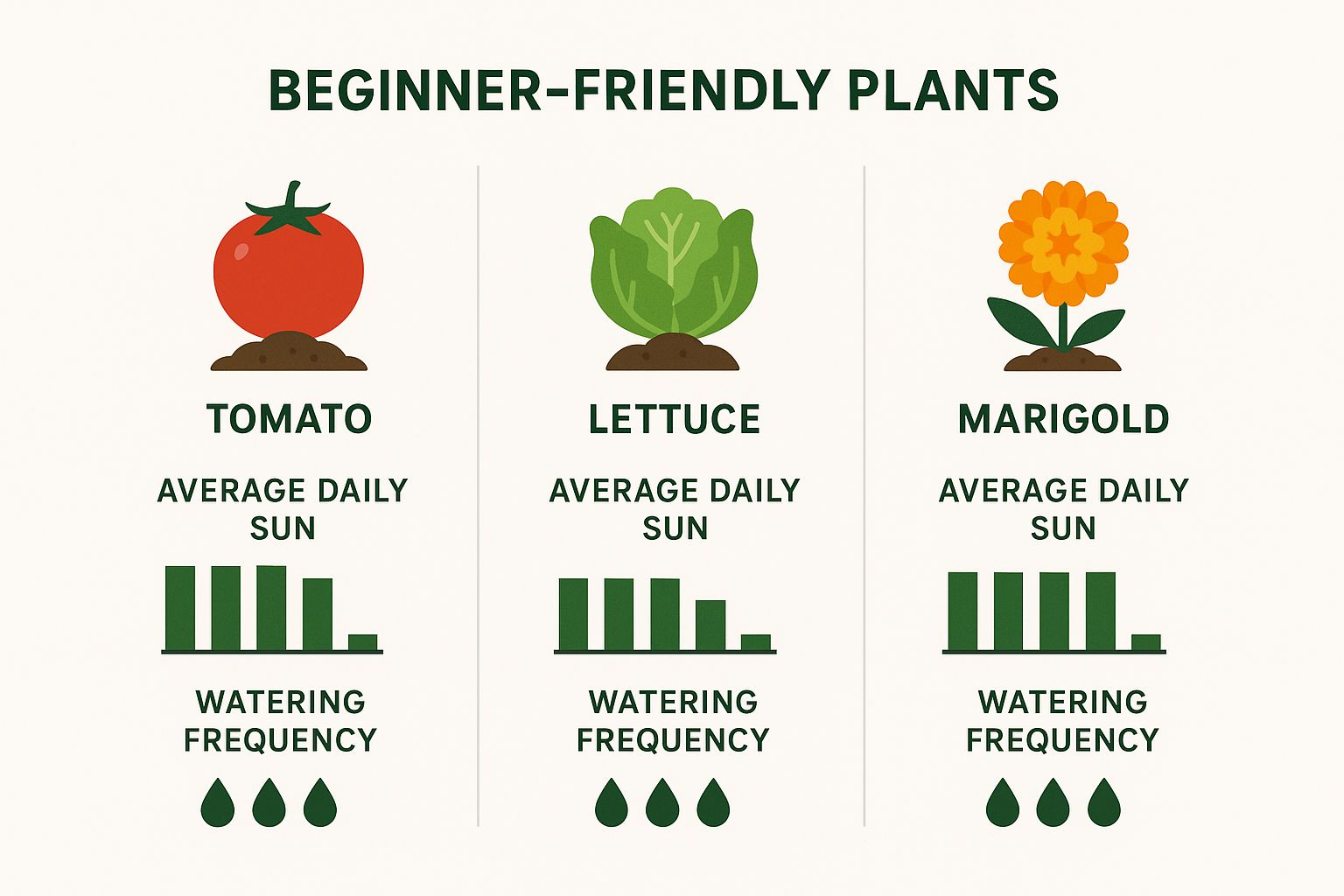
Credit: homegrown-garden.com
Soil And Drainage Considerations
Plants don’t need daily watering if soil and drainage are managed well. Ensure soil retains moisture without becoming waterlogged. Proper drainage helps prevent root rot and keeps plants healthy.
Soil and drainage play a crucial role in plant health. They determine how often plants need watering. Understanding these aspects helps in managing plant hydration effectively.Role Of Soil Type
Different soil types hold water differently. Sandy soil drains water quickly, requiring frequent watering. It doesn’t retain moisture for long. Clay soil, on the other hand, retains water. It can lead to overwatering issues if not managed. Loamy soil is ideal for most plants. It balances water retention and drainage well. Knowing your soil type guides your watering schedule.Importance Of Proper Drainage
Proper drainage prevents water from pooling around plant roots. Excess water can lead to root rot, harming plants. Use pots with drainage holes to allow excess water to escape. In gardens, ensure soil is not compacted. This helps water flow freely, preventing waterlogging. Good drainage supports healthy root growth. It ensures plants get the right amount of moisture.Techniques For Effective Watering
Watering your plants effectively is crucial to their health and growth. You might wonder if daily watering is necessary, but the truth is, it depends on several factors. Understanding the techniques for effective watering can make a huge difference in how well your plants thrive. Let’s explore some practical insights and best practices to ensure your green companions receive just the right amount of hydration.
Best Time To Water
Timing can greatly affect the efficiency of watering your plants. Early morning is often the best time to water. The cooler temperatures allow water to soak into the soil before the sun’s heat increases evaporation.
Watering in the evening can also be effective, but be cautious. Too much moisture overnight can lead to fungal diseases. Observing your plants’ behavior will help you decide which routine suits them best.
Methods To Avoid Overwatering
Overwatering is a common mistake that can harm plant roots. To avoid this, consider using a moisture meter. This tool can give you a better understanding of when your plants truly need watering.
Another method is checking the soil’s top inch with your finger. If it’s dry, it’s time to water. If it’s still moist, hold off. This simple test can prevent waterlogging and ensure your plants get what they need.
Using pots with drainage holes is another effective technique. It allows excess water to escape, reducing the risk of root rot. Do your pots have proper drainage? If not, it might be time for an upgrade.
- Use a moisture meter
- Check soil moisture with your finger
- Ensure pots have drainage holes
Innovative Watering Solutions
Plants don’t always need daily watering. Consider factors like soil type, plant species, and weather conditions. Innovative watering solutions help maintain optimal moisture levels without daily intervention.
Innovative watering solutions are transforming how we care for our plants, making it easier to maintain lush, thriving greenery without the daily commitment. These solutions not only save time but also ensure that plants receive the right amount of water, promoting healthier growth. Let’s explore some of these cutting-edge technologies that are changing the game for plant enthusiasts everywhere.Self-watering Systems
Imagine never worrying about forgetting to water your plants again. Self-watering systems use a simple mechanism to provide consistent moisture levels, ensuring your plants are never parched. These systems typically involve a reservoir that gradually supplies water to the plant as needed, which is ideal for busy individuals or frequent travelers. There are various types of self-watering planters available, from simple wick systems to sophisticated setups with built-in gauges. A personal favorite is the self-watering pot I used for my herbs; it kept my basil thriving even during a two-week vacation. Could this be the stress-free solution you’ve been looking for?Smart Irrigation Technologies
Smart irrigation technologies are a game-changer for plant care, offering precision watering like never before. These systems often connect to your smartphone, allowing you to control and monitor watering schedules remotely. With features like weather-based adjustments, they ensure your plants get just the right amount of water, preventing overwatering or underwatering. One popular option is smart drip irrigation, which delivers water directly to the root zone, maximizing efficiency and minimizing waste. These systems can be programmed to water at optimal times, like early morning or late evening, conserving water while nurturing your garden. Have you considered upgrading to a smarter, more efficient way of watering your plants?
Credit: www.reddit.com
Frequently Asked Questions
How Often Should I Water My Plants?
Water your plants based on their needs. Check soil moisture regularly. Most indoor plants need watering once a week. Outdoor plants may require more frequent watering, especially in hot weather. Adjust watering frequency for different plant types and environmental conditions.
Ensure proper drainage to prevent overwatering.
Is It Okay To Not Water Plants Every Day?
Watering plants every day isn’t necessary for most species. Many thrive with less frequent watering. Check soil moisture before watering. Overwatering can harm plants, leading to root rot. Tailor your watering schedule based on plant type and environmental conditions. Keep plants healthy by adjusting watering frequency accordingly.
What Are The Three Rules Of Watering?
The three rules of watering are: water deeply, water infrequently, and water early in the day. This ensures plants receive adequate moisture, encourages deeper root growth, and reduces evaporation.
Do Plants Need Watering Every Day In Hot Weather?
Plants may not need daily watering, even in hot weather. Check soil moisture regularly. Water deeply when soil feels dry. Overwatering can harm plants. Adjust based on plant type and climate conditions.
Conclusion
Watering plants daily is not always necessary. Different plants have unique needs. Some thrive with less frequent watering. Others require more attention. It’s essential to understand each plant’s specific requirements. Consider the environment too. Factors like sunlight and temperature affect water needs.
Monitor soil moisture regularly. This helps avoid overwatering or underwatering. Adjust your routine based on observation. Healthy plants show signs like vibrant leaves. Drooping or yellowing could signal water issues. Finding the right balance ensures your plants stay healthy. With patience and care, your garden will flourish beautifully.
Happy gardening!


